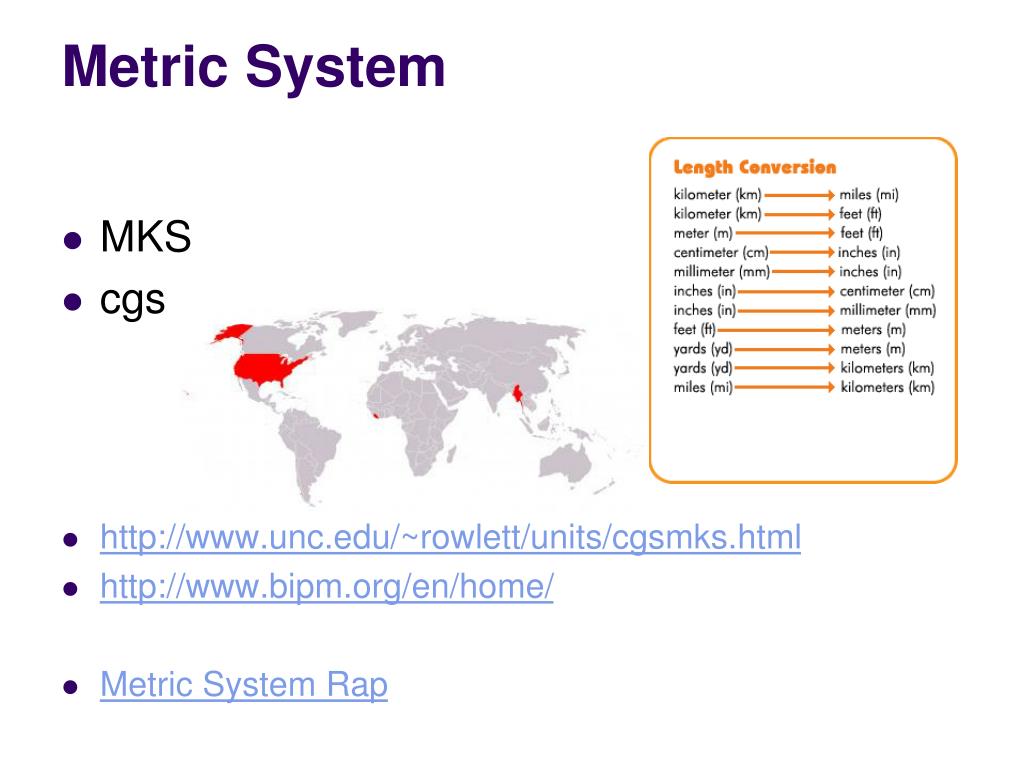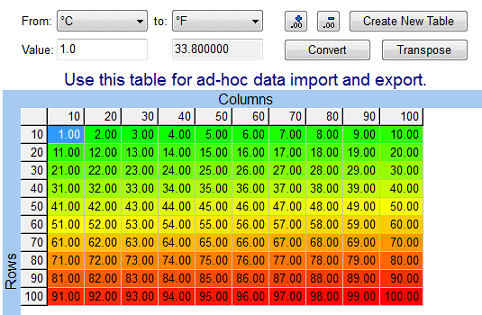

Geophysicists use the gigapascal (GPa) in measuring or calculating tectonic stresses and pressures within the Earth. The pascal (Pa) or kilopascal (kPa) as a unit of pressure measurement is widely used throughout the world and has largely replaced the pounds per square inch (psi) unit, except in some countries that still use the imperial measurement system or the US customary system, including the United States. Unicode has dedicated code-points U+33A9 ㎩ SQUARE PA and U+33AA ㎪ SQUARE KPA in the CJK Compatibility block, but these exist only for backward-compatibility with some older ideographic character-sets and are therefore deprecated. In contrast, International Union of Pure and Applied Chemistry (IUPAC) recommends the use of 100 kPa as a standard pressure when reporting the properties of substances.
861.8447 PASCAL TO PSI ISO
This value is often used as a reference pressure and specified as such in some national and international standards, such as the International Organization for Standardization's ISO 2787 (pneumatic tools and compressors), ISO 2533 (aerospace) and ISO 5024 (petroleum).

The unit of measurement called an atmosphere or a standard atmosphere (atm) is 101 325 Pa (101.325 kPa). One pascal is the pressure exerted by a force of magnitude one newton perpendicularly upon an area of one square metre. Where N is the newton, m is the metre, kg is the kilogram, s is the second, and J is the joule. The pascal can be expressed using SI derived units, or alternatively solely SI base units, as:ġ P a = 1 N m 2 = 1 k g m ⋅ s 2 = 1 J m 3 The name pascal was adopted for the SI unit newton per square metre (N/m 2) by the 14th General Conference on Weights and Measures in 1971. The unit is named after Blaise Pascal, noted for his contributions to hydrodynamics and hydrostatics, and experiments with a barometer. In Canada these reports are given in kilopascals. Reports in the United States typically use inches of mercury or millibars (hectopascals). Meteorological observations typically report atmospheric pressure in hectopascals per the recommendation of the World Meteorological Organization, thus a standard atmosphere (atm) or typical sea-level air pressure is about 1013 hPa. Ĭommon multiple units of the pascal are the hectopascal (1 hPa = 100 Pa), which is equal to one millibar, and the kilopascal (1 kPa = 1000 Pa), which is equal to one centibar. The unit of measurement called standard atmosphere (atm) is defined as 101,325 Pa.

The unit, named after Blaise Pascal, is defined as one newton per square metre and is equivalent to 10 barye (Ba) in the CGS system. The pascal (symbol: Pa) is the unit of pressure in the International System of Units (SI), and is also used to quantify internal pressure, stress, Young's modulus, and ultimate tensile strength.
861.8447 PASCAL TO PSI FULL
Symbols, abbreviations, or full names for units of length,Īrea, mass, pressure, and other types.A pressure gauge reading in psi (red scale) and kPa (black scale) You can find metric conversion tables for SI units, as wellĪs English units, currency, and other data. It is the pressure resulting from a force of one pound-force applied to an area of one square inch.Ĭonversion calculator for all types of measurement units. The pound per square inch or, more accurately, pound-force per square inch (symbol: psi or lbf/in² or lbf/in²) is a unit of pressure or of stress based on avoirdupois units.



 0 kommentar(er)
0 kommentar(er)
